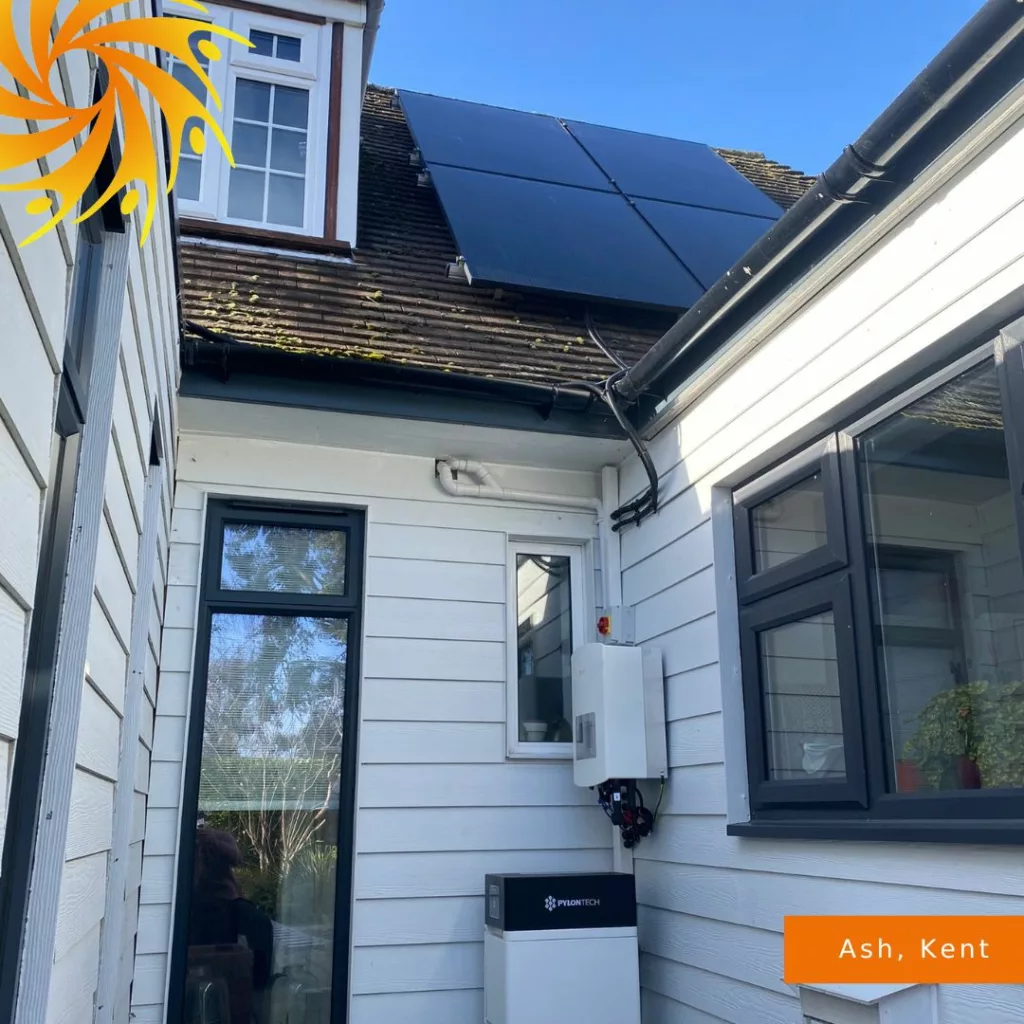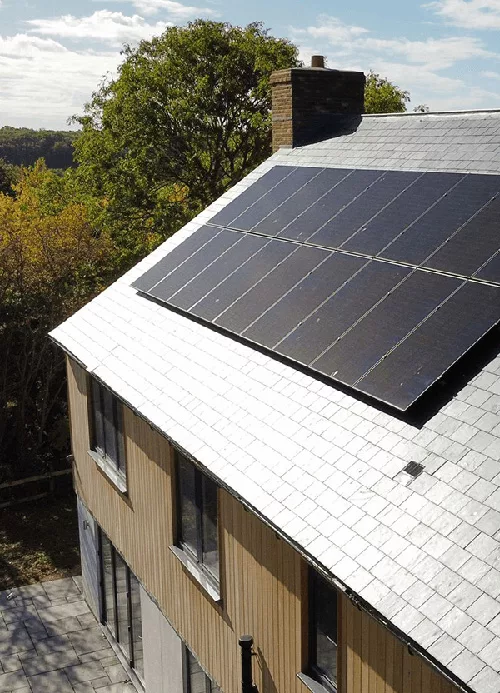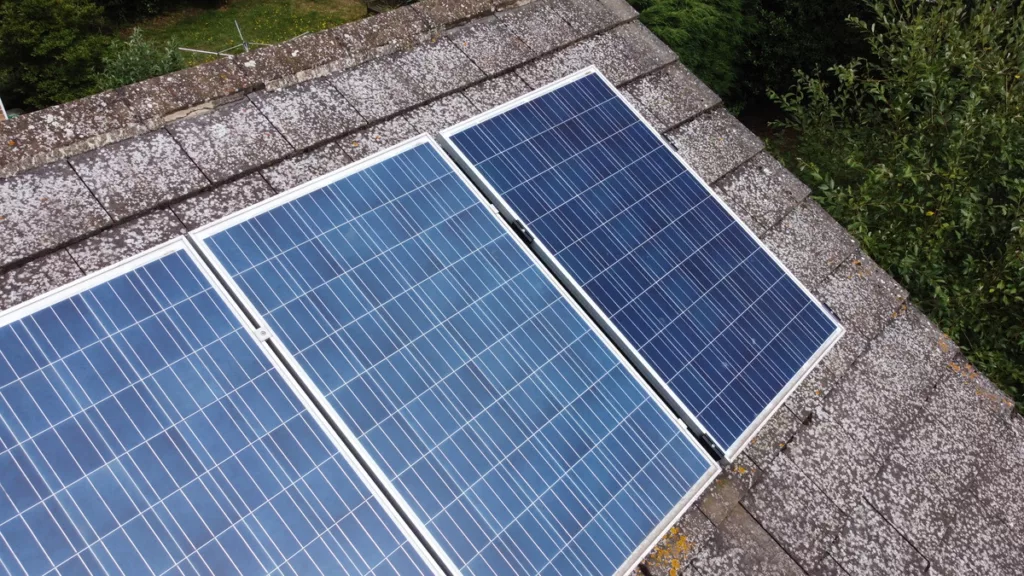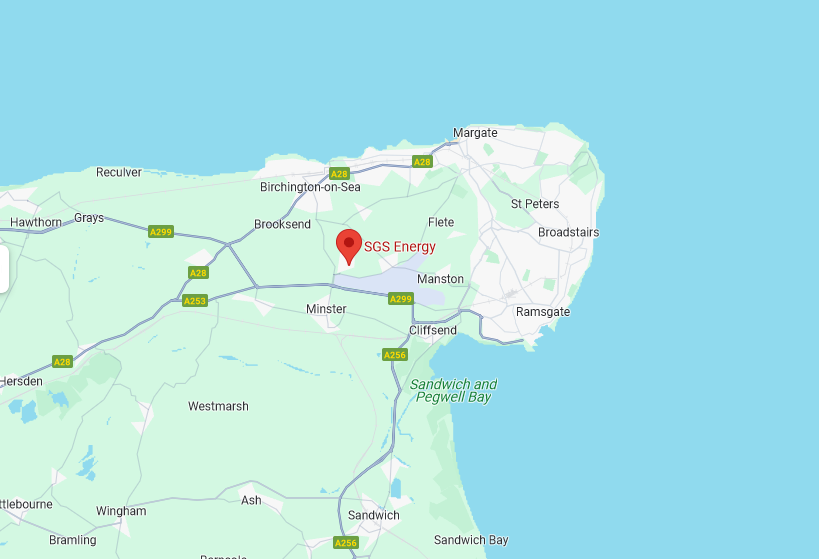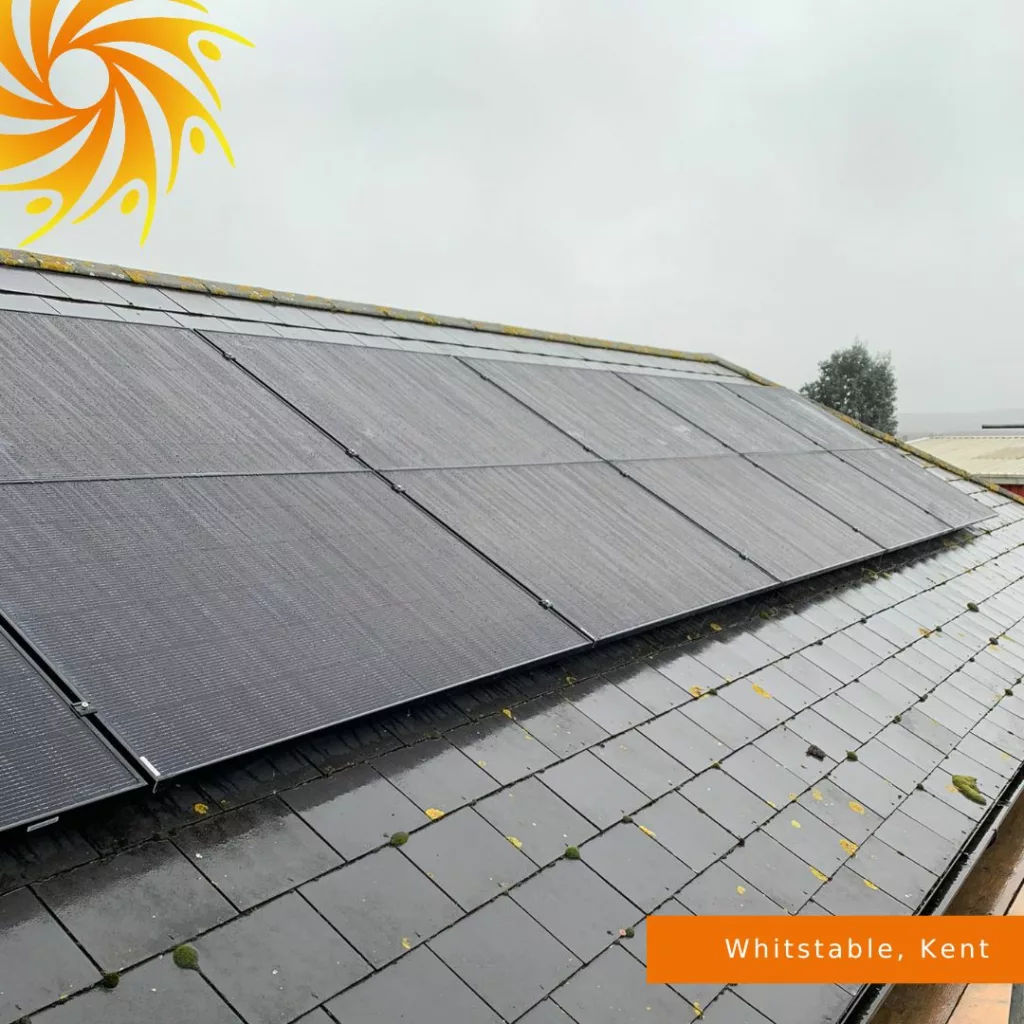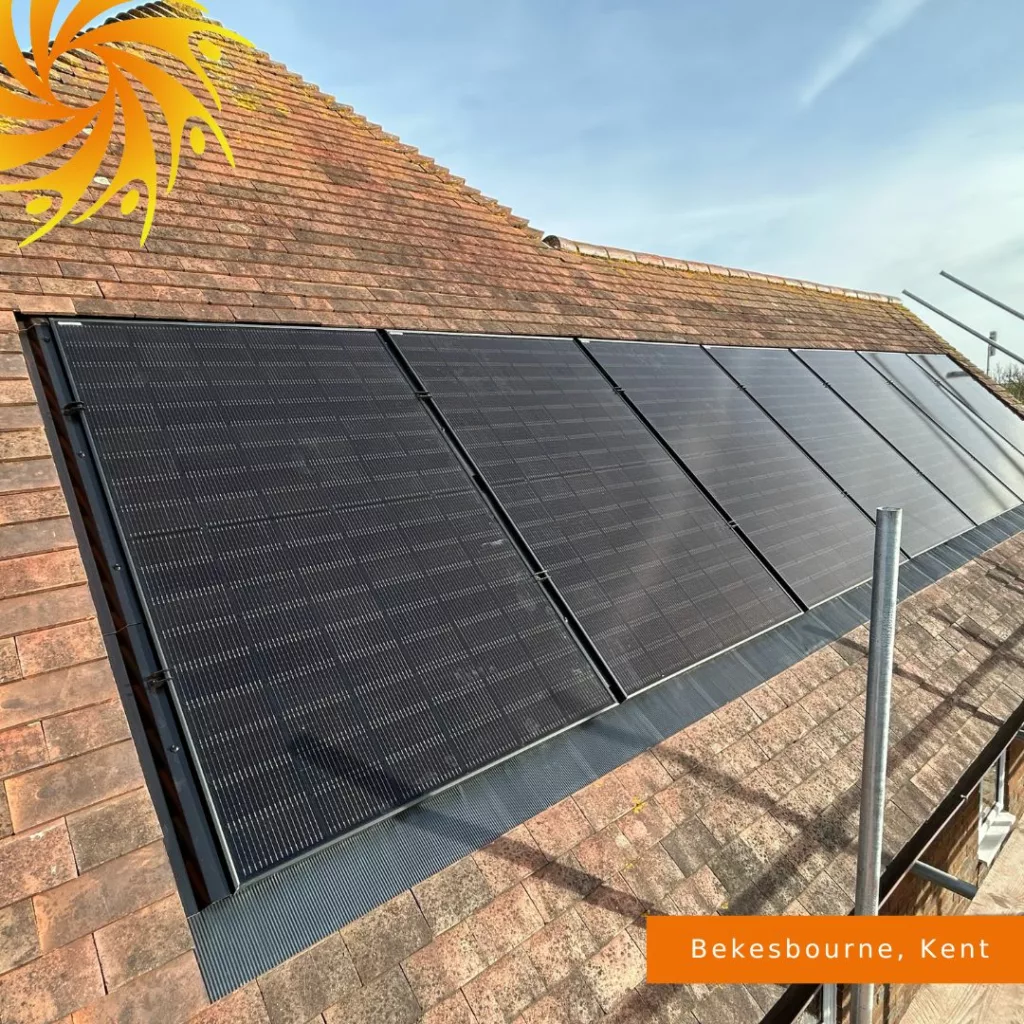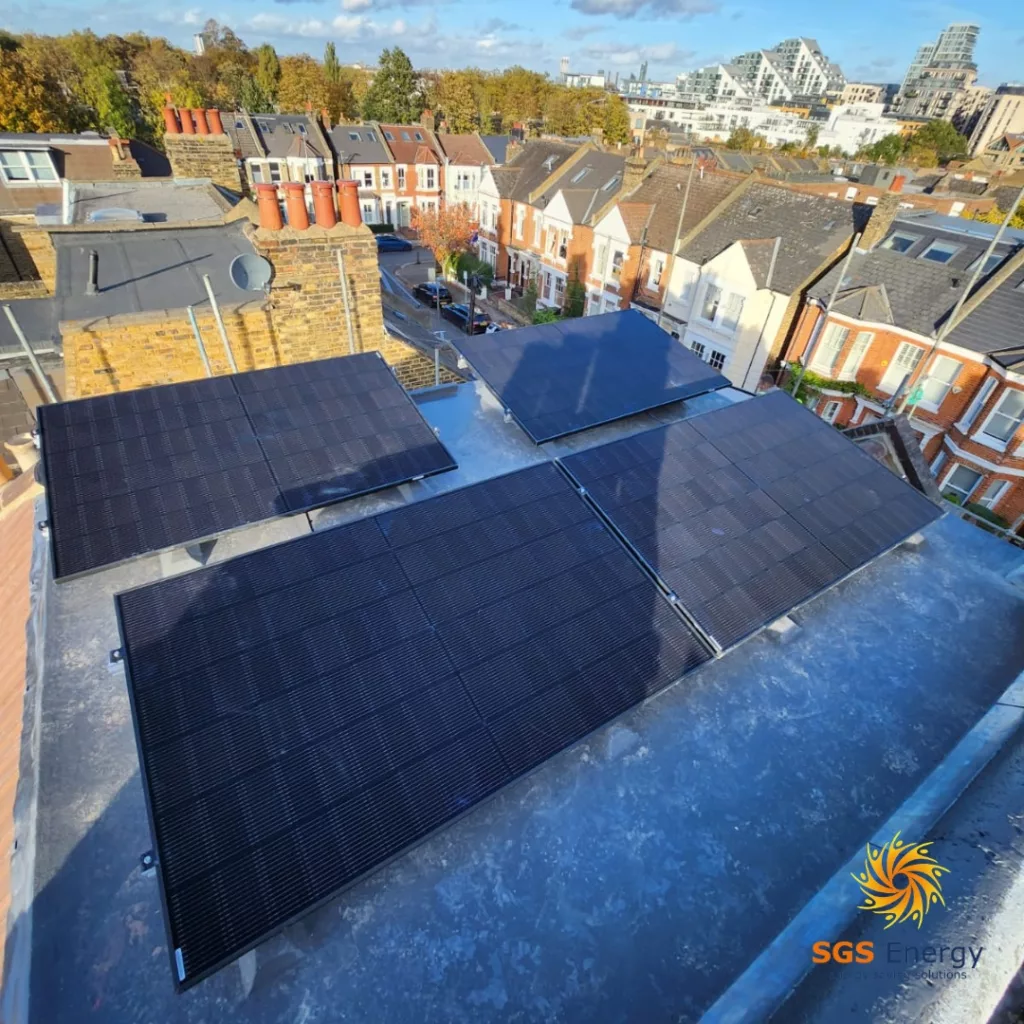Domestic
Solar Panel Installation Ash
Another residential solar panel install completed in Kent 👏 Our customer's setup includes our popular Solis inverter with Pylontechsolar battery storage system capable of storing 7.1kWh. The inverter and storage system perfectly fit the exterior aesthetic and our customer couldn't be happier.
